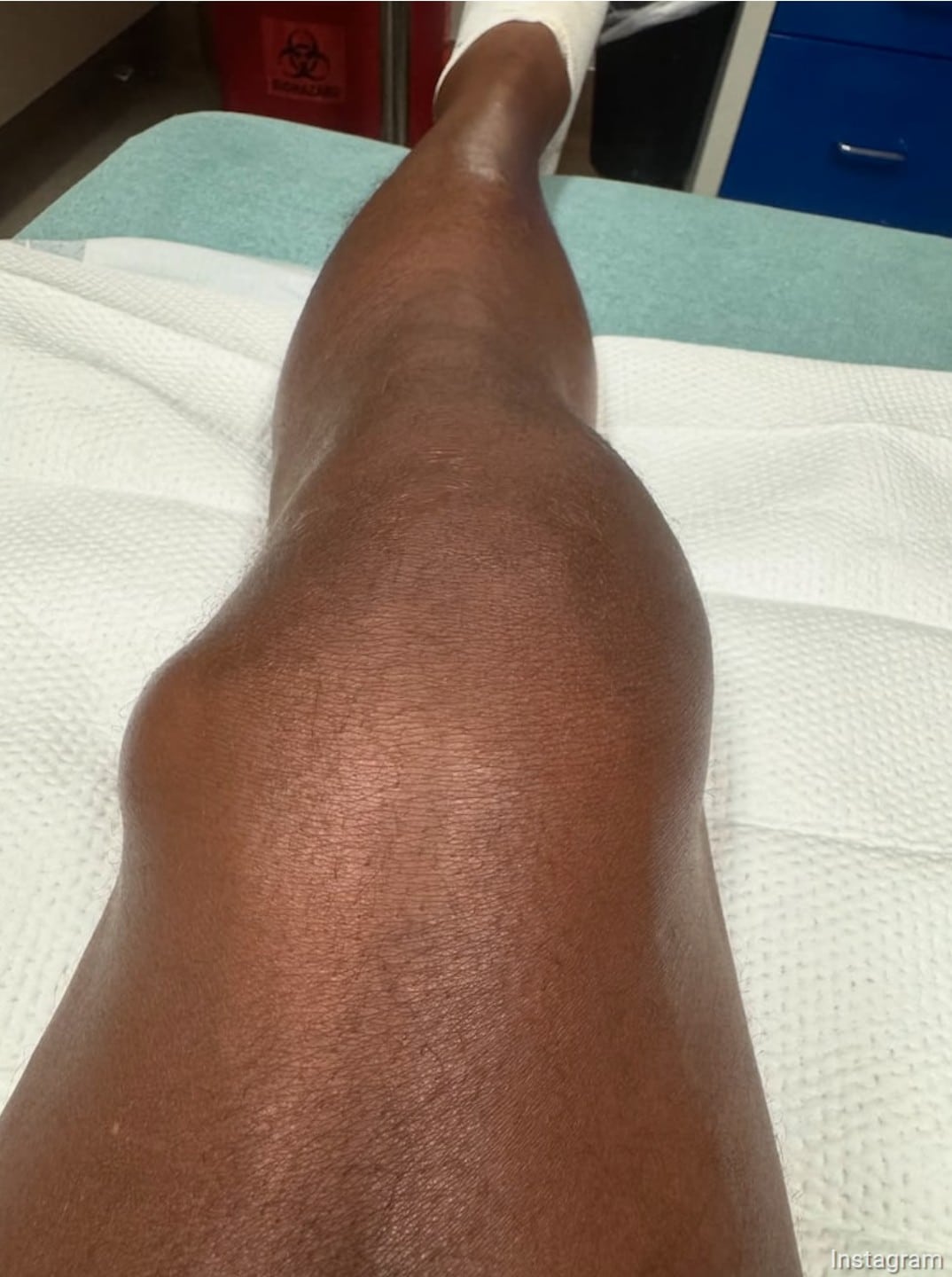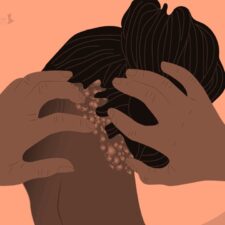
Actor, host, and funnyman Anthony Anderson is opening up about a scary ordeal that landed him in the ER.
The black-ish star explained on Instagram, “Sunday morning out of the blue I woke up to a swollen knee. I ended up in the ER until 1230am.”
While many of us are familiar with joints being swollen as we age, the name of Anderson’s diagnosis may be something you may not be familiar with. He said, “To my surprise, I was told that I have arthritis in my knee and the ‘Kings Disease.’ 140 cc’s of fluid was drained from my knee.”
“King’s disease” is another name for gout, a type of inflammatory arthritis that can affect the knee. It’s characterized by sudden, severe pain, redness, and swelling in the joints, often affecting the big toe, ankle, or knee. Gout is often linked to high levels of uric acid in the body, which can lead to the formation of uric acid crystals in the joints.
Gout has long been known as the “disease of kings” because of the lavish diet and alcohol consumption of the wealthy, like King Henry VIII, who suffered from it.
Gout is also the “king of arthritic diseases” because the pain of an acute gout attack is so severe, it often leads to a visit to the emergency department.
The number of cases from gout have been increasing over the years.
Between 2006 and 2014, one study found 1.7 million people visited the ER with a primary diagnosis of acute gout. The total number of ER visits per year increased from 168,580 in 2006 to 213,780 in 2014, an increase of 26.8%.
The largest increase in ER visits was a 28% increase in prevalence among the 45-64 years age group, from 91 out of 100,000 patients to 116 out of 100,000 patients.
How Does ‘King’s Disease’ Affect the Body?
Intense episodes of painful swelling in a single joint (most often the big toe) are caused by excess levels of uric acid in the body and crystal deposits in the joints. Gout can cause intense pain and swelling in the knee joint, making it difficult to move.
Uric acid is a normal body waste product and is removed by the kidneys.
However, if the kidneys are unable to remove uric acid from the body adequately, these levels rise.
With time, increased uric acid levels in the blood may lead to deposits of monosodium urate crystals in and around the joints, which may attract white blood cells and lead to severe gout attacks.
Causes:
Gout is often associated with factors like diet (rich foods, alcohol), obesity, and other health conditions like hypertension and diabetes.
Symptoms:
- Sudden, severe pain: Usually affects one joint, most commonly the big toe. The pain may be described as throbbing, burning, or excruciating.
- Redness and swelling: The affected joint becomes red, swollen, and tender to the touch.
- Warmth: The joint may feel warm to the touch.
- Stiffness: The joint may become stiff and difficult to move.
- Fever: In some cases, gout can cause a fever.
- Tophi: Over time, uric acid crystals can form lumps called tophi under the skin or in the joints.
Treatment:
Short-Term Treatment:
- NSAIDs – Medications like ibuprofen or naproxen can help reduce pain and inflammation.
- Colchicine – This medication can be effective in reducing pain and inflammation, but it needs to be taken early in an attack.
- Corticosteroids – Prednisone or other corticosteroids can be used to reduce inflammation, either orally or through injections.
Long-Term Gout Management:
- Uric Acid-Lowering Medications – Allopurinol and febuxostat are xanthine oxidase inhibitors that reduce the production of uric acid.
- Uricosuric Agents – Medications like probenecid help the kidneys remove uric acid from the body.
- Pegloticase – This medication is an option for patients who don’t respond to other treatments and helps break down uric acid.

How Do I Know if I Have Gout?
Since gout is strongly associated with obesity, hypertension, hyperlipidemia and diabetes, if you have gout, you should see a primary care physician for a routine physical exam to check for these conditions before you have a serious cardiovascular event like a heart attack or stroke.
Several other kinds of arthritis can mimic gout, so proper diagnosis, preferably by an arthritis specialist known as a rheumatologist, is essential.
Gout is suspected when a patient experiences joint swelling and intense pain followed by pain-free periods between attacks.
When gout goes undiagnosed and untreated for many years, large, visible tophi, or cluster of gout crystals, also may be found in deposits under the skin of the hands, ears, elbows, knees and toes.
How Is Anthony Anderson Doing Now?
Anderson added, “Thank you to the doctors at UCLA Santa Monica, my son @hotboynato and Lucero from making sure that I was ok. #justakidfromcompton #huskyandhandsome.”
He included before and after photos and a very graphic video of medical staff draining yellow fluid from his knee. Watch it here.
Anthony’s famous friends wished him well in the comments.
Cedric the Entertainer wrote, “My dawg Glad your your feeling better.”
Jill Scott posted, “Feel better honey.”
Loni Love wrote, “Get well soon Bruh!!!”
Jerry O’Connell added, “I told you, you are a King!”








